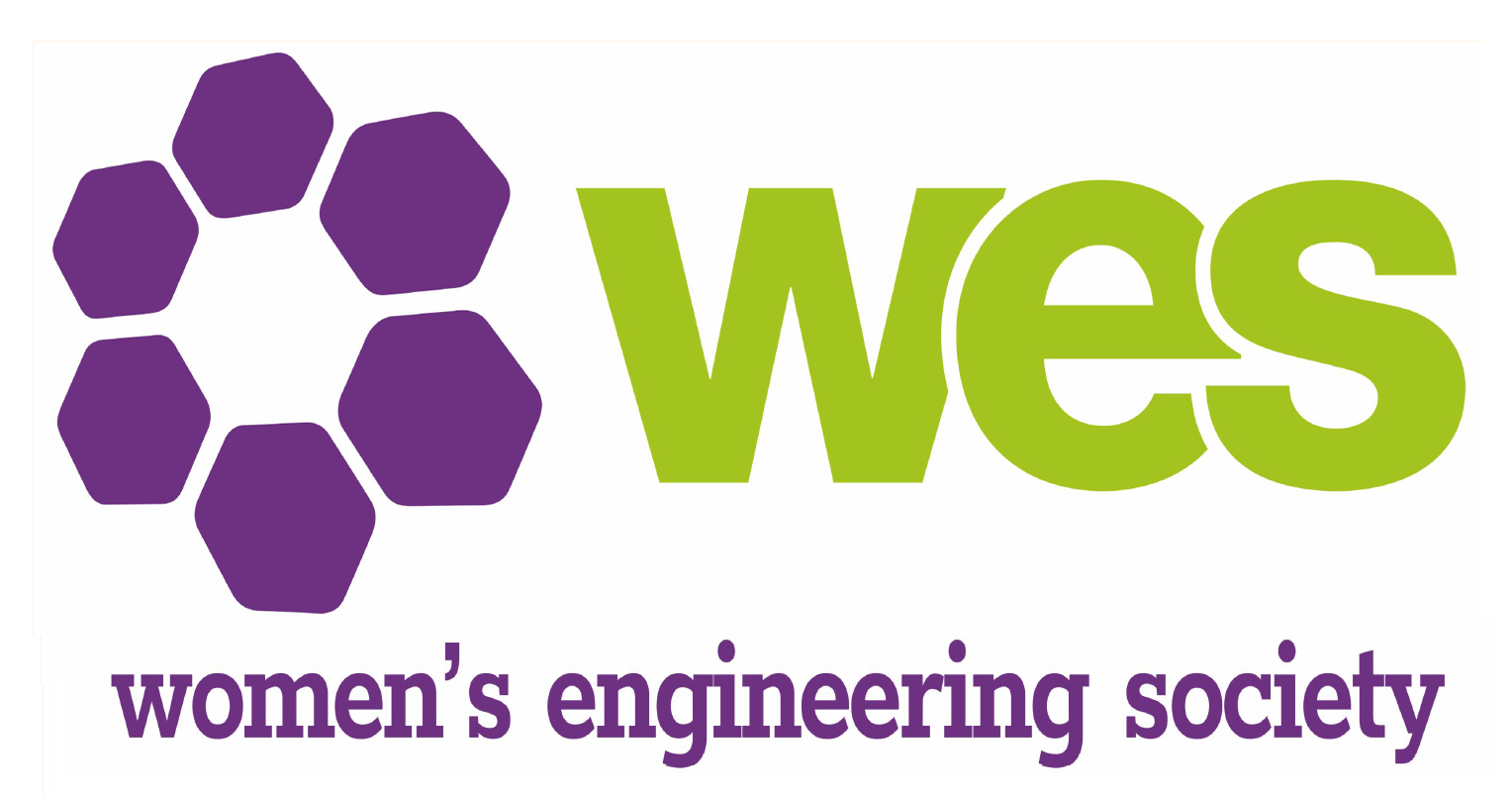I am a Solution Architect at Accenture UK, where I create solutions to help Accenture win deals to deliver digital transformation projects for clients in the manufacturing industry in UK and Europe.
My route into engineering was via a Full-time university degree. I have an Meng in Information Systems Engineering at Imperial College London. I started my career as a software engineer developing the Symbian Operating Systems, working on the Graphics, UI and multi-media frameworks. I moved to technical consulting, developing the Symbian OS for OEM hardware platforms. As I found myself leading more and more projects and gravitating towards project management and specialising in agile methodologies. After 10+ years delivering digital transformation projects, I moved to solution architecture.
My proudest achievements are at the start of my engineering career, I built smart phones when smart phones were still a niche market. My code was running on these smart phones.
A couple of years back, I took up a role as Innovation Manager at an international NGO, where I lead the delivery of two strategic projects; one of which was using AI technologies to create a chatbot to help young women in the Philippines to find employment and the other one was about using social media technologies for young girl activists in Columbia to voice out about their issues and educate them about girls rights. I was making a difference for these young women and girls in different parts of the world.
“
What does a typical day at work look like for you?
There isn’t a typical day, but I like to be organised and I usually start my day catching up with the sales and delivery teams. I work remotely with people across the globe and therefore I am mostly on calls until lunch time. I like to have some quiet time, head down in the afternoon, to progress with my work which can involve project planning, resourcing, staffing, pricing or writing proposals. My day moves at a fast pace, especially during RFPs when I must be available to respond to ad-hoc requests and turn around solutions quickly.
What advice would you give to your 15 year old self
I would tell my 15-year-old self not be afraid, to be confident and be curious about the world.
Who or what inspired you to get into engineering?
Soon after completing my secondary schooling when I was 18 years old, I set off studying graphics design as I was contemplating a career in arts and design. When I was awarded the Mauritian State Scholarship for topping the Girls side for the A Levels (Physics, Maths, Art), suddenly all doors were open. I was encouraged by my father to take the path of engineering, especially software engineering. I didn’t have any role models, let alone female role models in software engineering.
What are your favourite hobbies, or interests?
I love the visual arts. These days I am exploring AI to create art. I have a strong interest in community projects for social good. I volunteer as director at a nursery in South London to bring quality affordable childcare to the community. I am passionate about making healthy zero waste food and enjoy making nutritious food for my family.
What are the best and worst things about the job?
The best thing about my job is that I am working on a wide range of areas in industry x, and it keep me interested. I also like my flexible work patterns and ability to work remotely.
Worst thing about my job is filling timesheets
Where do you see your industry in 25 – 50 years time?
In 20 years, I would expect to see the manufacturing industry fully digitised with business models relying heavily on artificial intelligence and virtual reality technologies for operations and digital ways of working.
Have you had any career setbacks or challenges you’ve had to overcome?
“Two years after I joined as a graduate at a software engineering company, I was told by a senior technical architect in my team that I was not a good engineer because he thought that I was not passionate about programming as I was not cutting code in my spare time at home. I had many interests and hobbies outside work. I was working in a male dominant environment with a culture that only rewarded like-minded people. I could see that this team was not a right fit for me. I looked around for different roles within the company and soon enough, I joined a different team which included people from more than a dozen nationalities, had more women, and strongly believed that diversity was its strength. It was one of the best team I ever worked with.
After my maternity leave, I returned to work part-time, working 3 days a week. Landing a client role was almost impossible on a part-time basis. I quickly realised that I would have to do something different to client project delivery, and it felt like it was the right time to move to solution architecture, an area which had piqued my interest. In order to secure my part-time role as a solution architect, I had to demonstrate that I was able to do the job. This meant that I had to further flex my work patterns, stretching my 3 days over the week to turn around solutions at short notice within short deadlines. I eventually found the childcare that suited my new work patterns. There was a steep learning curve involving intense training on inhouse tools, processes, navigating the internal processes and building a new network at work. It was an enormous challenge to juggle work and childcare, and I wanted to do both well.



